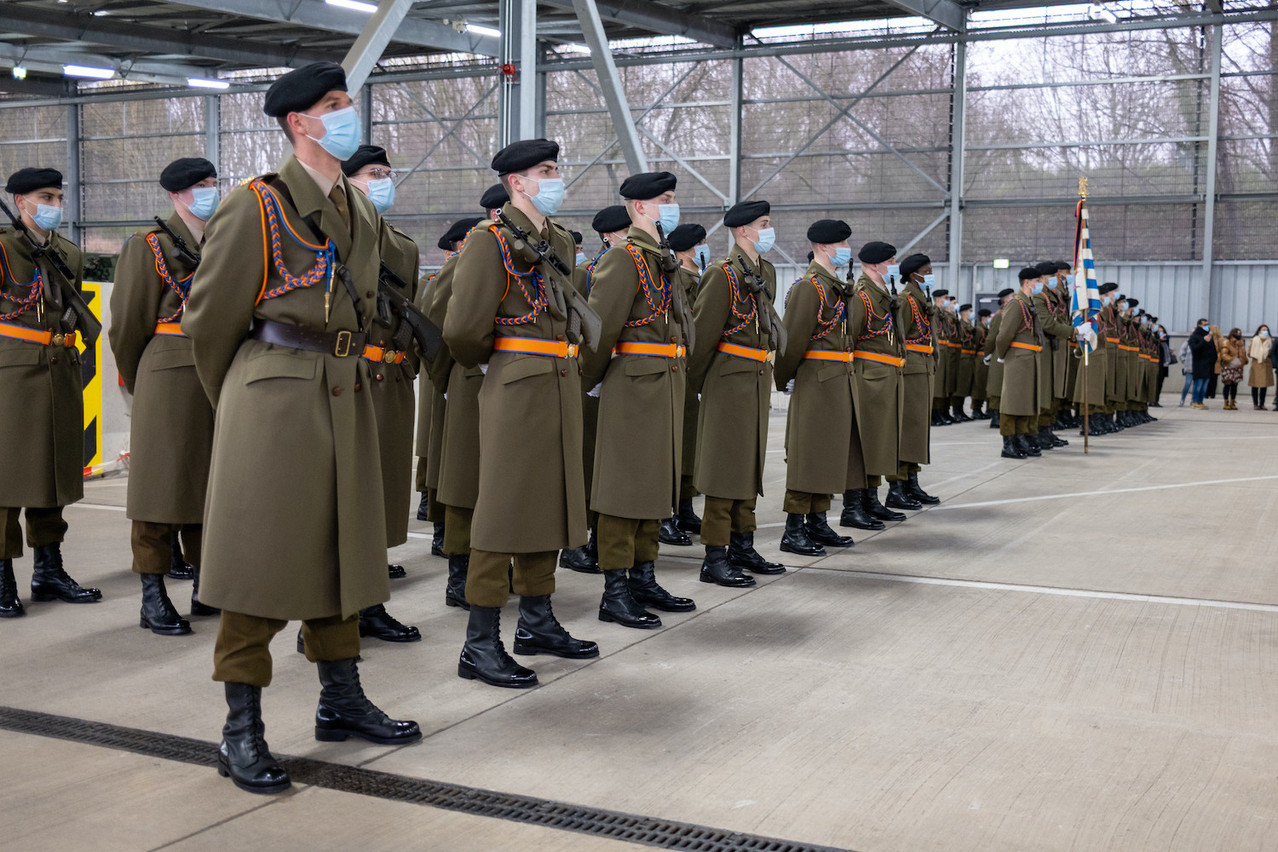The task force was created in 2014 in response to crises in the Middle East and Russia’s annexation of Crimea. It is available to move within days to defend a Nato ally and currently placed under the leadership of France.
Luxembourg will join other Nato countries, including Belgium, Germany and Norway, in the task force next year, members of parliament agreed on Thursday. Around forty soldiers will be involved in intelligence, surveillance and reconnaissance activities, and the medical field.
Developing intelligence, surveillance and reconnaissance is one of the key directions and objectives of the army’s . The cost of the operation is estimated at a maximum of €8.6m over 29 months. Parliament must agree to the deployment of Luxembourg soldiers before the government can act.
Last year, the task force counted around 6,400 troops from 12 member countries. It was led by Turkey. The leadership of the VJTF, which places soldiers on high readiness status and ready to deploy at short notice, rotates annually among allies. Next year, Germany will lead the unit.
The grand duchy’s involvement will add to its defence spending bill. All Nato members in 2014 pledged to spend 2% of their GDP on the military every year but Luxembourg is far from this target given its outsized economy compared to an army of around 900 active soldiers.
Plans to get spending up to 0.72% by 2024 include spending €200m on the refurbishment of the Nato Support and Procurement Agency’s facilities in Capellen. Luxembourg is also funding a hosted at the NSPA’s data centres. The range is a virtual training environment against cyber attacks.
It has also invested in a and an transport aircraft. It has plans to spend €367m on new , boost army recruitment and is co-funding a multinational . It is also mulling setting up a .
Defence minister François Bausch (Déi Gréng) in June last year signed a €6.7m deal to help Nato develop a system to improve space situational awareness and detect and identify objects in space as the orbit around Earth is becoming more congested.
Nato last year shows that Luxembourg was on track to spend €389m on its military in 2021 and while this left it at the bottom of the ranking in terms of spending by GDP, spending per capita was much higher than among other Nato partners.
Luxembourg ranked 10th among Nato countries in terms of spending per capita, with 19 other members spending less when measured by population rather than their economies. The grand duchy has the smallest army of all Nato members.
